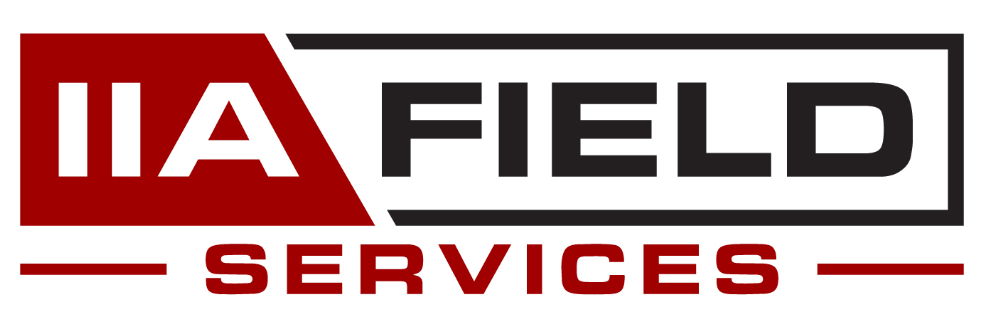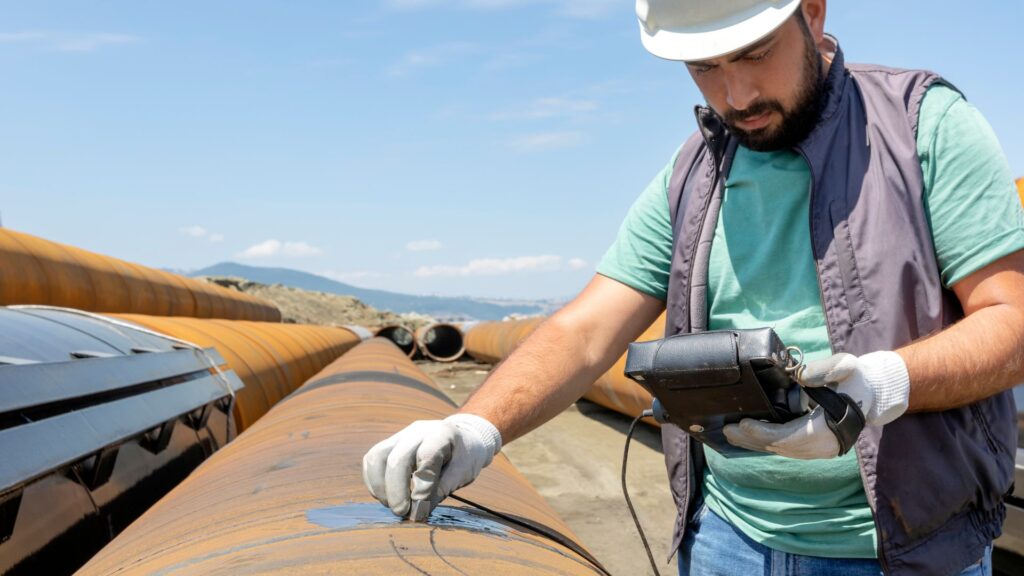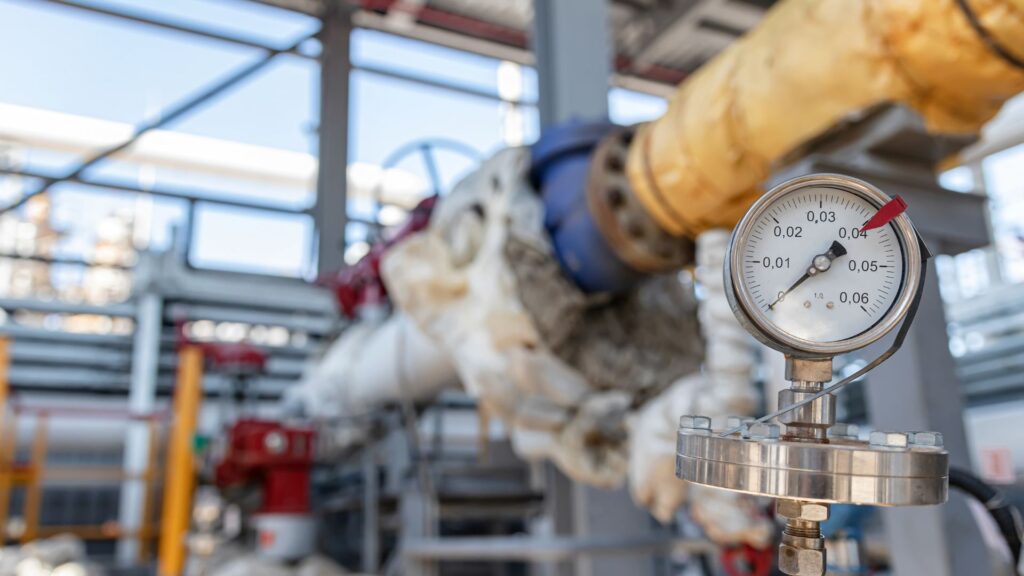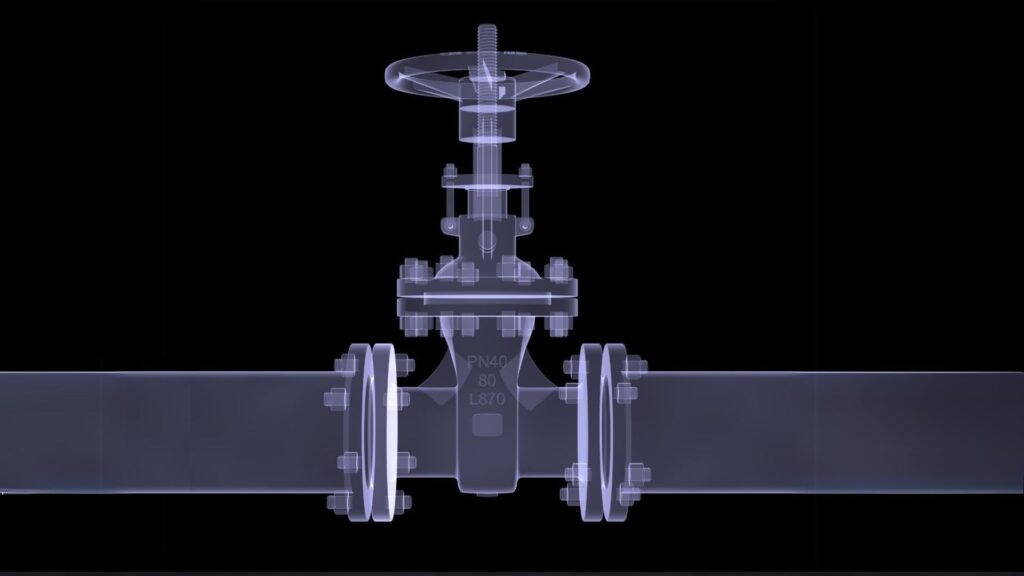When it comes to guaranteeing structural safety in industrial and construction projects, certified welding inspection (CWI) plays a critical role. From bridges and skyscrapers to heavy‑duty industrial framing, the backbone of strength lies in reliable welds. In fact, the name itself underscores the precision and oversight needed to maintain structural integrity. In what follows, we share why CWI is indispensable, how it supports structural integrity, and why companies cannot afford to skip it.
What Structural Integrity Really Means
As engineers at TWI Ltd explain, structural integrity refers to a structure or component’s capacity to remain safe under expected loads as well as under beyond‑design loads, without deformation, failure, or collapse. When welds are flawed or overlooked, they become a weak link in the structure, and potentially a failure point. But CWI ensures that welds meet strict standards and maintain overall structural integrity.
How Certified Welding Inspection Drives Quality
Inspectors maintain a high level of quality control throughout the welding process. A certified welding inspector (CWI) or equivalent professional holds credentials—and often rigorous training and testing—in welding codes, methods, and standards. For example, by employing inspectors who are certified, organizations can ensure that welds are not only visually acceptable, but are also free from internal defects, defective fusion, porosity, or cracks that could undermine weld performance under stress.
Moreover, by the inspection being certified, the process follows approved methods and standards (such as those published by the American Welding Society) and ensures that inspection findings are credible. By engaging certified inspection, project managers and stakeholders can rest assured that welds are as strong, durable, and compliant as required.
Why Structural Integrity Demands Welding Inspection
Without effective welding inspection—specifically certified welding inspection—the structural integrity of a structure is at risk. For instance:
- Weld defects such as cracks, porosity, incomplete fusion, and slag inclusions often go unnoticed without inspection. These defects, even small, may grow under load and result in failure.
- A welded joint is a load?bearing component; if it fails, the consequences cascade. Even when all other design elements are sound, a weak weld jeopardizes the entire structure.
- Certified inspection also verifies that the welding process adhered to appropriate methods for the materials and environmental conditions—thus ensuring durability against corrosion, fatigue, and extreme stresses.
Consequently, certified welding inspection isn’t just a “nice to have” — it’s essential for safeguarding the structure from unforeseen failure.
The Business Case: Risk Mitigation and Compliance
Beyond technical reasons, the certified inspection offers compelling business?and?safety incentives. For example:
- It helps mitigate liability: by documenting that inspections were performed by certified professionals, companies can demonstrate due diligence and compliance.
- It reduces rework and unexpected costs. When welds don’t meet standards, late?stage repairs become expensive and may delay the project. Early inspection saves time and money.
- It enhances reputation and trust.Clients, regulators, and insurers recognize certified inspection as an indicator of commitment to safety and long?term performance.
- It aligns with evolving regulatory and industry standardsfor critical infrastructure and manufacturing.
Best Practices for Leveraging Certified Welding Inspection
To take full advantage of certified welding inspection, you should:
- Engage a qualified certified welding inspector (or equivalent) early in the project lifecycle — ideally during planning and material selection, not just post?weld.
- Ensure the inspector has relevant credentials and experience specific to the welding codes and materials in use.
- Use inspection findings to proactively address weld defects, rather than treat inspection as a final “gate” only.
- Maintain thorough documentation of inspection reports, non?destructive testing (NDT) results, and corrective actions — these feed into long?term structural integrity monitoring.
- Integrate inspection results into your overall asset management strategy: inspection is not a one?time event but part of lifecycle integrity monitoring.
Summing It Up
CWI matters greatly in achieving and maintaining structural integrity. Without it, even the best‑designed structures can suffer from hidden weld defects, flawed joints, or sub‑par workmanship – which in turn undermine safety, durability ,and compliance. By insisting on certified welding inspection throughout the project, firms protect their structures, their people, and their bottom line.




